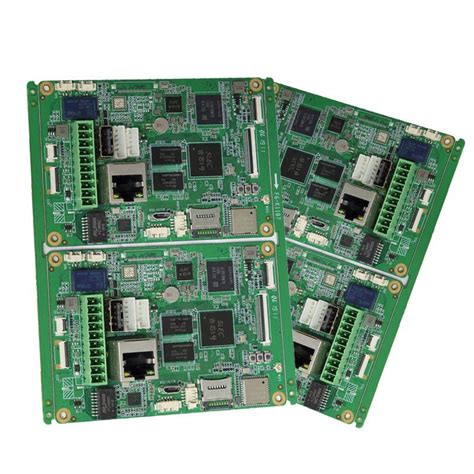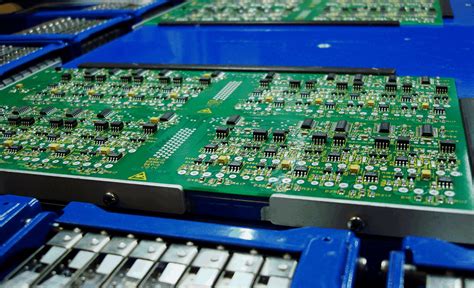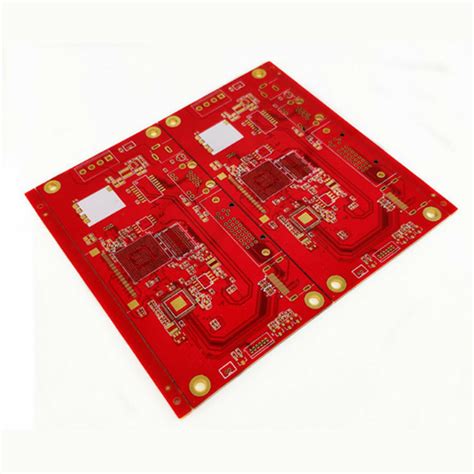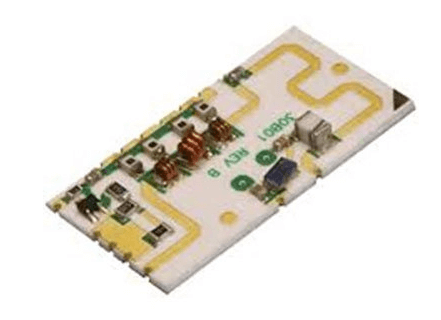Amphenol flex pcb
Advantages Of Amphenol Flex PCB In Modern Electronics
Amphenol flex PCBs, or flexible printed circuit boards, have become a cornerstone in the advancement of modern electronics, offering a multitude of advantages that cater to the evolving demands of technology. As electronic devices continue to shrink in size while expanding in functionality, the need for components that can accommodate these changes has never been more critical. Amphenol flex PCBs stand out in this regard, providing a versatile solution that addresses both the physical and performance requirements of contemporary electronic applications.
One of the primary advantages of Amphenol flex PCBs is their inherent flexibility, which allows them to be bent, folded, or twisted without compromising their functionality.
This characteristic is particularly beneficial in applications where space is at a premium, such as in smartphones, wearable devices, and medical equipment. By enabling designers to fit electronic components into unconventional spaces, these flexible circuits facilitate the creation of more compact and lightweight devices. Moreover, the flexibility of these PCBs contributes to enhanced durability, as they can absorb mechanical stresses that would otherwise damage traditional rigid circuit boards.
In addition to their physical adaptability, Amphenol flex PCBs offer significant electrical performance benefits.
The ability to design circuits with shorter interconnections reduces the overall resistance and inductance, leading to improved signal integrity and faster transmission speeds. This is especially advantageous in high-frequency applications where maintaining signal quality is paramount. Furthermore, the reduced need for connectors and solder joints in flex PCBs minimizes potential points of failure, thereby increasing the reliability and longevity of the electronic device.
Another notable advantage of Amphenol flex PCBs is their contribution to cost efficiency in the manufacturing process.
By integrating multiple components and functions into a single flexible circuit, manufacturers can reduce the number of parts required, streamline assembly processes, and decrease the overall weight of the product.
This not only lowers material costs but also simplifies logistics and inventory management. Additionally, the ability to produce custom shapes and sizes tailored to specific applications allows for greater design freedom and innovation, further enhancing the value proposition of these PCBs.
Environmental considerations also play a role in the growing popularity of Amphenol flex PCBs.
As industries strive to reduce their ecological footprint, the use of materials and processes that align with sustainability goals becomes increasingly important. Flexible PCBs often require fewer raw materials and generate less waste during production compared to their rigid counterparts. This aligns with the broader industry trend towards eco-friendly practices and supports the development of greener electronic products.
In conclusion, the advantages of Amphenol flex PCBs in modern electronics are manifold, encompassing physical flexibility, enhanced electrical performance, cost efficiency, and environmental benefits. As technology continues to advance and the demand for more sophisticated electronic devices grows, the role of flexible PCBs is likely to expand further. By offering a solution that meets the complex requirements of today’s electronic applications, Amphenol flex PCBs are poised to remain an integral component in the ongoing evolution of the electronics industry. Through their innovative design and practical benefits, they not only address current challenges but also pave the way for future technological breakthroughs.
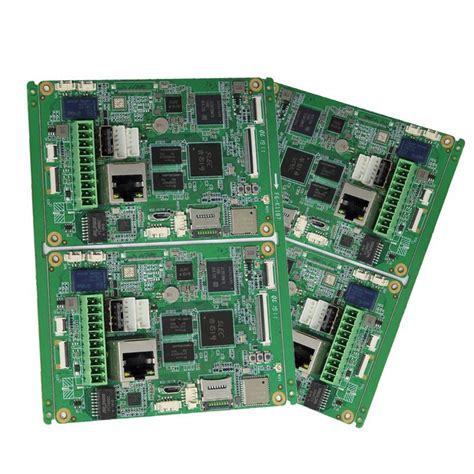
Design Considerations For Amphenol Flex PCB Applications
When designing Amphenol flex PCBs, several critical considerations must be taken into account to ensure optimal performance and reliability. Flex PCBs, known for their ability to bend and conform to various shapes, offer significant advantages in applications where space constraints and mechanical flexibility are paramount. However, the unique properties of these circuits necessitate a thoughtful approach to design.
To begin with, material selection is a fundamental aspect of flex PCB design.
The choice of substrate material impacts not only the flexibility but also the thermal and electrical performance of the circuit. Polyimide is a popular choice due to its excellent thermal stability and mechanical properties. It is crucial to consider the operating environment of the application, as this will influence the material’s performance over time. Additionally, the thickness of the substrate should be carefully chosen to balance flexibility with mechanical strength.
Transitioning to the layout design, trace routing requires meticulous attention.
Unlike rigid PCBs, flex circuits are subject to mechanical stress, which can lead to trace cracking or delamination if not properly managed. To mitigate these risks, designers should employ curved trace routing instead of sharp angles, which helps distribute stress more evenly. Furthermore, maintaining consistent trace widths and spacing is essential to prevent impedance mismatches and ensure signal integrity.
Another important consideration is the bend radius, which refers to the minimum radius a flex PCB can be bent without causing damage.
Exceeding the recommended bend radius can lead to mechanical failure, so it is vital to adhere to manufacturer guidelines. In applications where repeated flexing is expected, such as in wearable devices or robotics, designing for a larger bend radius can enhance durability.
Moreover, the stack-up configuration plays a significant role in the performance of flex PCBs. A well-designed stack-up can improve signal integrity and reduce electromagnetic interference (EMI). It is advisable to use a symmetrical stack-up to minimize warping and ensure even distribution of mechanical stress. Additionally, incorporating ground planes can help shield sensitive signals from external noise.
Thermal management is another critical aspect that cannot be overlooked.
Flex PCBs often operate in environments where heat dissipation is a concern. To address this, designers can incorporate thermal vias and heat sinks to facilitate heat transfer away from critical components. Proper thermal management not only enhances performance but also extends the lifespan of the circuit.
Furthermore, the choice of connectors and termination methods is pivotal in flex PCB applications.
Amphenol offers a range of connectors specifically designed for flex circuits, providing reliable electrical connections while accommodating the mechanical flexibility of the PCB. It is essential to select connectors that match the application’s requirements in terms of size, durability, and electrical performance.
In conclusion, designing Amphenol flex PCBs requires a comprehensive understanding of the unique challenges and opportunities presented by these versatile circuits. By carefully considering material selection, trace routing, bend radius, stack-up configuration, thermal management, and connector choices, designers can create robust and reliable flex PCB solutions tailored to their specific applications. As technology continues to advance, the demand for flexible and adaptable electronic solutions will only grow, making the thoughtful design of flex PCBs more important than ever.

Innovations In Amphenol Flex PCB Technology
Amphenol, a leader in the interconnect industry, has consistently pushed the boundaries of technology with its innovative solutions, particularly in the realm of flexible printed circuit boards (PCBs). These flexible PCBs have become a cornerstone in modern electronics, offering a versatile and reliable solution for a wide range of applications. As technology continues to evolve, Amphenol’s advancements in flex PCB technology are setting new standards in the industry, providing enhanced performance, durability, and adaptability.
One of the most significant innovations in Amphenol’s flex PCB technology is the development of materials that offer superior flexibility and resilience.
Traditional rigid PCBs, while effective in many applications, often fall short in environments that require dynamic movement or where space constraints are a concern. Amphenol’s flex PCBs, however, are designed to bend and twist without compromising their structural integrity or electrical performance. This flexibility is achieved through the use of advanced materials and manufacturing processes that ensure the circuits can withstand repeated flexing and bending, making them ideal for use in wearable technology, medical devices, and other applications where space and movement are critical factors.
Moreover, Amphenol has made significant strides in enhancing the miniaturization capabilities of their flex PCBs.
As electronic devices become increasingly compact, the demand for smaller, yet more powerful components has surged. Amphenol’s flex PCBs are engineered to accommodate this trend, offering high-density interconnects that allow for more components to be integrated into a smaller area. This miniaturization does not come at the expense of performance; rather, it enhances the functionality of devices by enabling more complex circuitry within a limited space. This is particularly beneficial in the development of next-generation consumer electronics, where the demand for sleek, lightweight, and powerful devices continues to grow.
In addition to flexibility and miniaturization, Amphenol’s flex PCB technology also emphasizes reliability and durability.
The company has implemented rigorous testing protocols to ensure that their products can withstand harsh environmental conditions, such as extreme temperatures, humidity, and mechanical stress. This focus on durability is crucial for applications in the automotive and aerospace industries, where components are often exposed to challenging conditions. By ensuring that their flex PCBs can endure such environments, Amphenol provides a reliable solution that meets the stringent requirements of these demanding sectors.
Furthermore, Amphenol’s commitment to innovation extends to the customization of their flex PCBs.
Recognizing that different applications have unique requirements, the company offers tailored solutions that cater to specific needs. This customization capability allows for the optimization of performance and functionality, ensuring that each flex PCB is perfectly suited to its intended application. Whether it is adjusting the thickness of the substrate, modifying the layout of the circuitry, or incorporating additional features, Amphenol’s ability to customize their products is a testament to their dedication to meeting the diverse needs of their clients.
In conclusion, Amphenol’s advancements in flex PCB technology represent a significant leap forward in the electronics industry. By focusing on flexibility, miniaturization, reliability, and customization, the company has developed solutions that not only meet the current demands of the market but also anticipate future trends. As technology continues to advance, Amphenol’s innovative flex PCBs are poised to play a crucial role in shaping the future of electronic devices, offering unparalleled performance and adaptability across a wide range of applications.
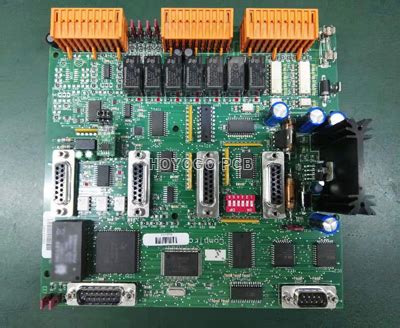
Amphenol Flex PCB: Enhancing Durability And Performance
Amphenol, a leader in the interconnect industry, has consistently pushed the boundaries of technology to deliver innovative solutions that meet the evolving needs of various sectors. One of their standout offerings is the Amphenol Flex PCB, a product that has garnered attention for its ability to enhance both durability and performance in electronic applications. As industries increasingly demand more compact, reliable, and efficient electronic components, the role of flexible printed circuit boards (PCBs) becomes ever more critical. Amphenol’s Flex PCBs are designed to address these demands, providing a versatile solution that can be adapted to a wide range of applications.
The primary advantage of Amphenol Flex PCBs lies in their flexibility, which allows them to be bent, folded, or twisted without compromising their functionality.
This characteristic is particularly beneficial in applications where space is limited or where the electronic components must conform to complex shapes. For instance, in the automotive industry, where electronic systems are becoming more integrated and compact, flexible PCBs can be used to connect various components within the tight confines of a vehicle’s interior. Similarly, in consumer electronics, such as smartphones and wearable devices, the ability to incorporate flexible PCBs enables manufacturers to design sleeker and more ergonomic products.
In addition to their flexibility, Amphenol Flex PCBs are renowned for their durability.
They are constructed using high-quality materials that can withstand harsh environmental conditions, including extreme temperatures, humidity, and vibration. This robustness makes them ideal for use in industrial and military applications, where reliability is paramount. Furthermore, the durability of these PCBs translates into a longer lifespan for the electronic devices in which they are used, reducing the need for frequent repairs or replacements and thereby lowering overall maintenance costs.
Another significant benefit of Amphenol Flex PCBs is their ability to enhance electrical performance.
The design of these PCBs allows for shorter signal paths, which can reduce signal loss and improve overall efficiency. This is particularly important in high-frequency applications, where maintaining signal integrity is crucial. Moreover, the use of advanced materials and manufacturing techniques ensures that Amphenol Flex PCBs can support high-speed data transmission, making them suitable for use in cutting-edge technologies such as 5G networks and advanced computing systems.
The versatility of Amphenol Flex PCBs extends beyond their physical and electrical properties.
They can be customized to meet specific requirements, allowing for a high degree of design flexibility. This customization can include variations in size, shape, and layer count, as well as the incorporation of additional features such as shielding or thermal management solutions. As a result, Amphenol Flex PCBs can be tailored to suit the unique needs of different applications, providing a level of adaptability that is unmatched by traditional rigid PCBs.
In conclusion, Amphenol Flex PCBs represent a significant advancement in the field of electronic interconnects, offering a combination of flexibility, durability, and performance that is well-suited to the demands of modern technology. As industries continue to push the boundaries of what is possible with electronic devices, the role of flexible PCBs will undoubtedly become even more critical. With their commitment to innovation and quality, Amphenol is well-positioned to lead the way in this dynamic and rapidly evolving field..

